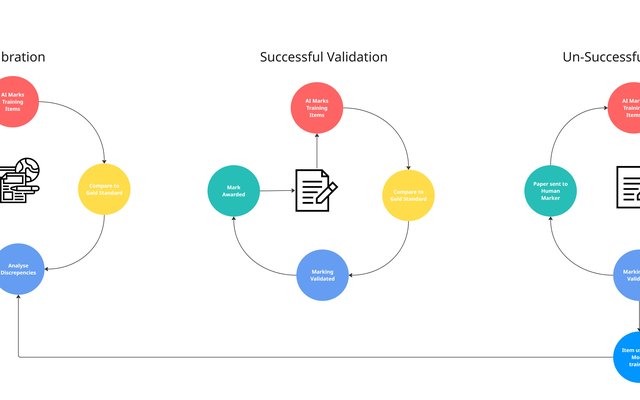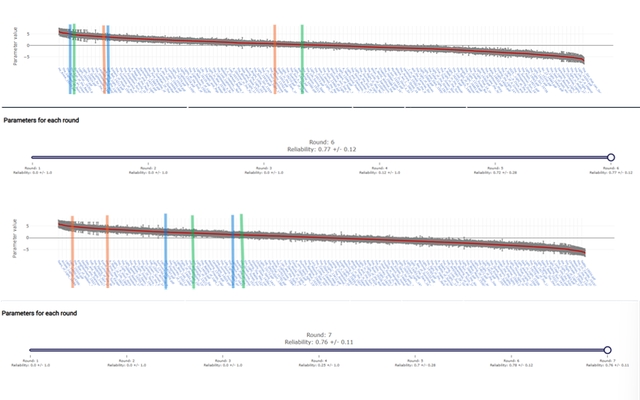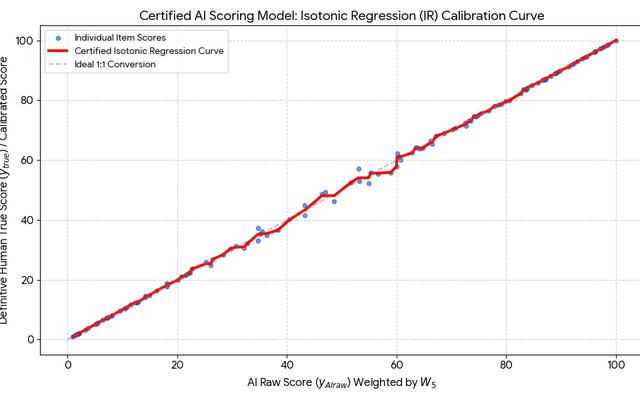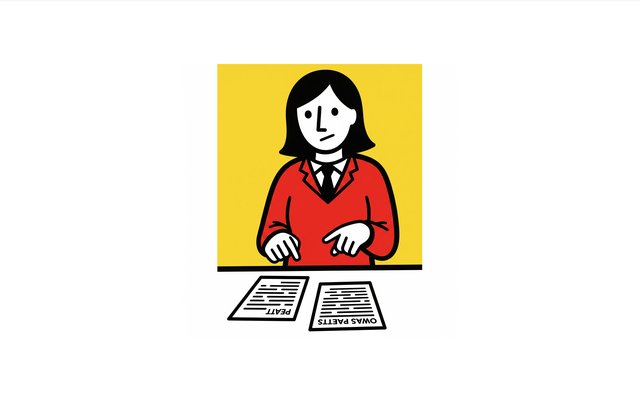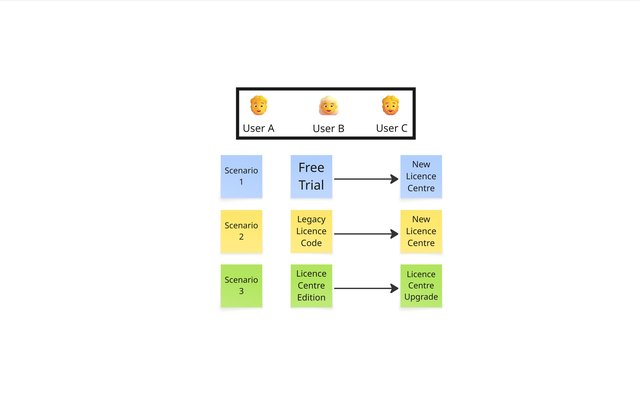The Validation Layer: Why AI Needs a Human Anchor to be Safe
We are currently living through an "Assessment Arms Race." On one side, students and job candidates are using Generative AI (like ChatGPT) to produce "perfect" essays and CVs in seconds. On the other side, institutions are rushing to buy AI marking tools to grade that work just as fast. It is a closed loop of machines grading machines. And in the middle of this loop, the human element - the actual understanding of quality - is quietly disappearing.





